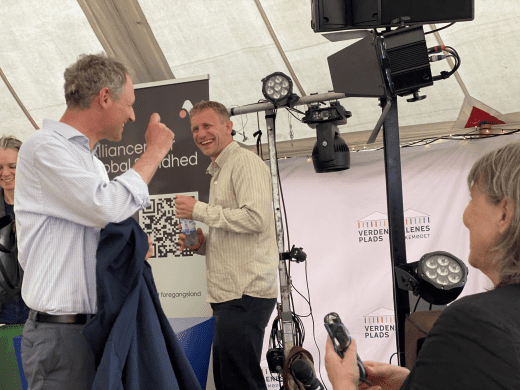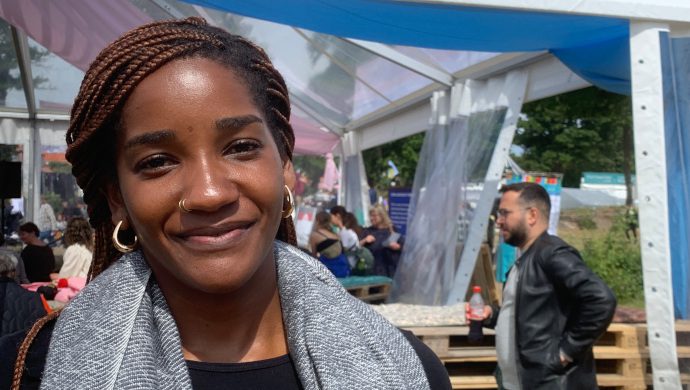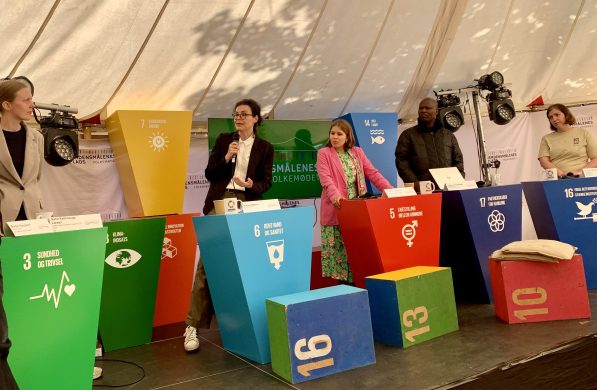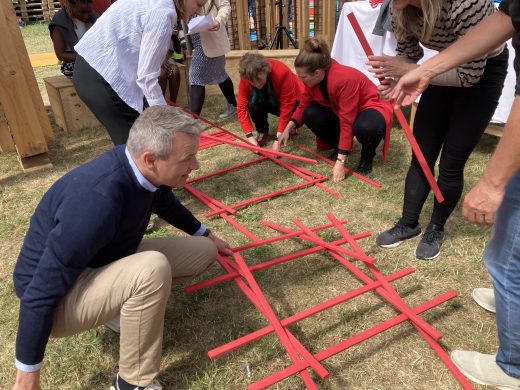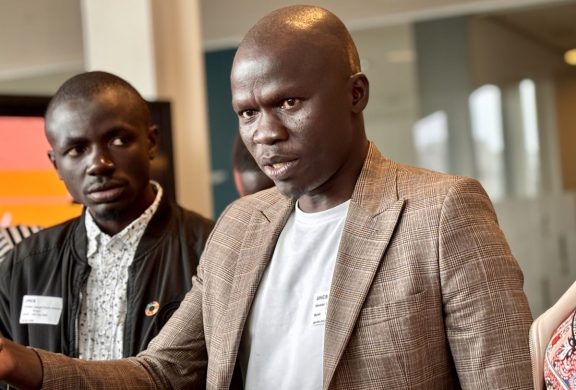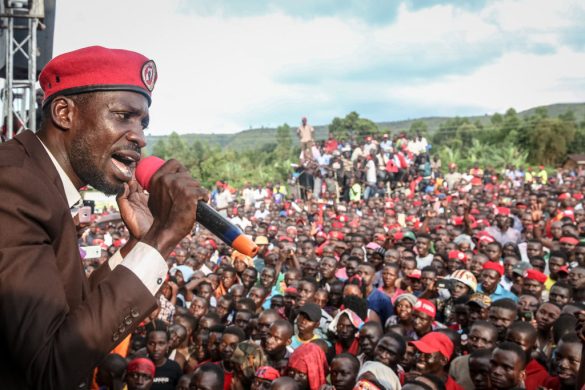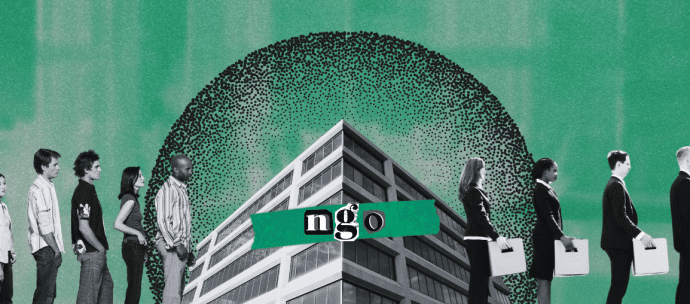I et fælles dokument enedes FNs medlemslande onsdag om, at de nye globale udviklingsmål efter 2015 skal være en balancegang mellem tre elementer eller hensyn: Skaffe økonomisk fremgang for at få folk ud af fattigdom, øge den sociale retfærdighed og beskytte klodens sårbare miljø.
NEW YORK, 25 September 2013 (UN News Service): World leaders meeting at United Nations Headquarters Wednesday agreed to take bolder action against extreme poverty, hunger and disease, and called for a summit to take place in 2015 to adopt the next set of anti-poverty goals, which will heavily focus on achieving sustainable development.
During a special event on the Millennium Development Goals (MDGs = 2015 Målene), countries adopted an outcome document which acknowledges the progress made since the eight global targets were set in 2000, while also committing to do more to tackle many remaining challenges and accelerate progress.
Countries agreed to hold a high-level summit in September 2015 to adopt a new set of goals that will balance the three elements of sustainable development: providing economic transformation and opportunity to lift people out of poverty, advancing social justice and protecting the environment.
“Dagsordenen er for mange et spørgsmål om overlevelse”
The President of the General Assembly, John Ashe, who convened the event, stressed that fulfilling existing commitments must be a priority for Member States, as the new development agenda will build on the MDGs.
“As we prepare to begin work on the post-2015 development agenda, the international community is embarking on a process with the potential for global transformation. We are working towards a framework that will address pressing global problems such as climate change and biodiversity loss, conflicts, population demographics, inequality and job insecurity,” he said.
“This new agenda must not only tackle the unfinished business of the MDGs, it must go further – leading to a great overhaul in how we approach the planet and its people. On many levels, for many people, the new agenda’s composition will be a matter of survival.”
Må være “modig og enkel”
At Wednesday’s event, Secretary-General Ban Ki-moon said the post-2015 framework “must be bold in ambition yet simple in design, supported by a new partnership for development.”
“It needs to be rights-based, with particular emphasis on women, young people and marginalized groups. And it must protect the planet’s resources, emphasize sustainable consumption and production and support action to address climate change,” he said.
Governments, civil society and the private sector have all contributed recommendations for the future development agenda.
More than one million people also voiced their concerns through the UN My World survey, and UN and partners engaged in almost 100 national and thematic consultations worldwide so citizens could contribute their ideas and perspectives to world leaders.
On Monday, the high-level event, ‘MDG Success: Accelerating Action and Partnering for Impact,’ showcased further commitments from countries, the private sector and civil society organizations. The day-long meeting generated some 2,5 billion US dollar in pledged funds towards boosting MDG achievement.
Meget er nået – og meget står tilbage
Agreed by world leaders at a UN summit in 2000, the MDGs set specific goals on poverty alleviation, education, gender equality, child and maternal health, environmental stability, HIV/AIDS reduction, and a global partnership for development.
The targets that have already been met include halving the number of people living in extreme poverty and providing more than 2 billion people with access to improved sources of drinking water.
Countries have also made great strides on health targets, and are within close reach of achieving them by 2015 deadline. These include reducing the mortality rates from malaria and tuberculosis and stopping HIV infections.


